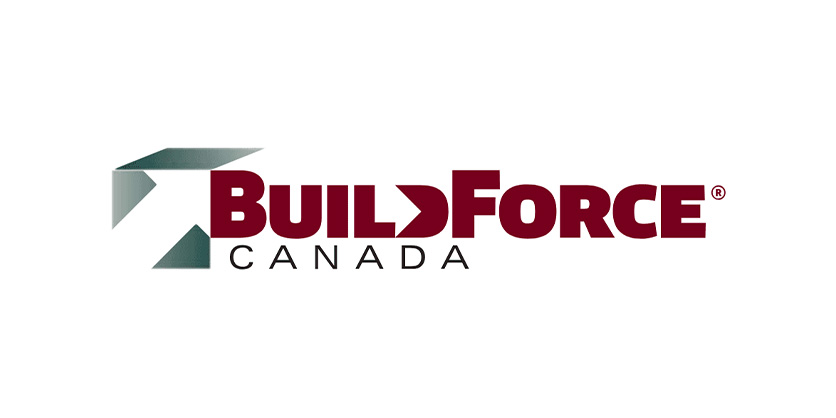Comparing Contractor Mark-ups Can Be Pointless and Very Risky

Shawn McCadden
Some contractors determine their pricing structure by copying what other businesses do rather than figure out what mark-up their business actually needs to use. Comparing or copying mark-ups or margins is pointless and very risky without knowing how they were determined. The decision about what costs or expenses go above or below the gross profit line can be different at different companies. Therefore the mark-up each company will need to use to cover overhead costs and planned net profit will be different. Let me explain and clarify.
First, here are the terms you need to know
• Above the line = direct project costs (materials, labour-including burdens, subs and equipment costs)
• Below the line = overhead related expenses
• Indirect costs = overhead expenses plus net profit added together
Here is the simple mathematical formula for determining your mark-up
The businesses’ total indirect costs divided by the expected direct costs for an anticipated volume of work equals the required mark-up % to add to estimated direct costs.
This assumes profit is a required expense of doing business!
Let’s do an example
The set-up: assuming a contractor is running a $900,000 a year business with the following above and below the line expenses:
$300,000.00 (of indirect cost: overhead + net profit) ÷ $600,000 (of direct cost: materials, labour and subs) = 50% mark-up
Proving the math works: So, $600,000 of estimate direct job costs marked up by 50% = $900,000 (provides a sell price that includes $300,000 of gross profit to cover the indirect costs of overhead and net profit)
Therefore:
One contractor can put something like vehicle expenses or workers compensation premiums related to field staff above the line. Another might put the same items below the line. These two contractors may get to the same exact selling price but will be using different mark-ups to get there.
Other important considerations to be aware of
It also important to know that fewer than 20% of contractors actually know the true costs of being in business. That means that 80% or more are using what has been referred to as the WAG or “Wild Ass Guess” method when it comes to deciding what mark-up they use to price the projects they sell. I call that “contractor roulette.”
If that isn’t shocking enough for you, keep in mind that about 9 out of 10 contractors go out of business within 10 years. Your chances of copying a successful contractor’s mark-up are therefore about one out of ten. And the odds of copying the wrong mark-up get even greater if you don’t know how, or even if, that contractor actually calculated his required mark-up or did the WAG.
So here’s the bottom line regarding mark-up
You need to do the math or you won’t know whether you are buying or selling jobs! Your ultimate success hinges on knowing the true costs of being in business and how to profitably price the work you sell.
So, what about you and your business?
The choice is yours. You can get the help you need to figure out what you need to charge for your work so you can be successful. Or, you can continue using the Wild Ass Guess Method and go to bed every night wondering if and when you will join the 90% who go out of business.
Read more in EIN from Shawn McCadden:
3 Ways To Get Fewer Leads But Close More Remodeling Sales
Don’t Underestimate Your Estimating System’s Potential
Tips on Ball Park Pricing and Charging for Estimates
Is A Contractor Really a Salesperson If He or She Hits Send?
3 Ways To Get Fewer Leads But Close More Remodeling Sales
3 Simple Steps to Covering an Employee’s Non-Productive Time
Setting the Example: Getting Employees to Think Like Owners
Comparing Contractor Mark-ups Can Be Pointless and Very Risky
Don’t Put Your Business At Risk By Guessing At What Mark-up
Simple Profit Sharing Plan for Contractors
Check out Shawn’s website http://www.shawnmccadden.com/ and blog www.shawnmccadden.com/Subscribe-to-The-Design-Builders-Blog.
* “Understanding what impacts your construction company’s reputation,”


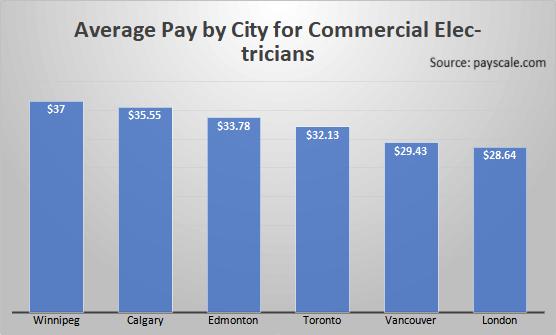

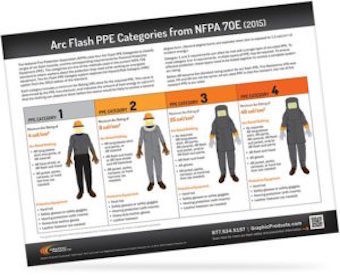
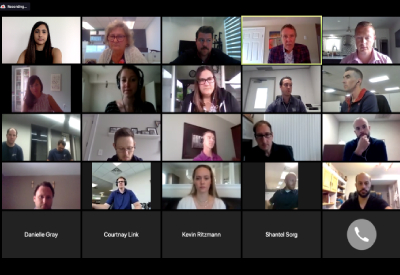

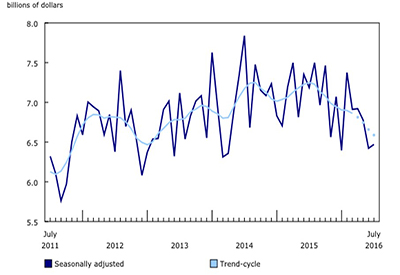
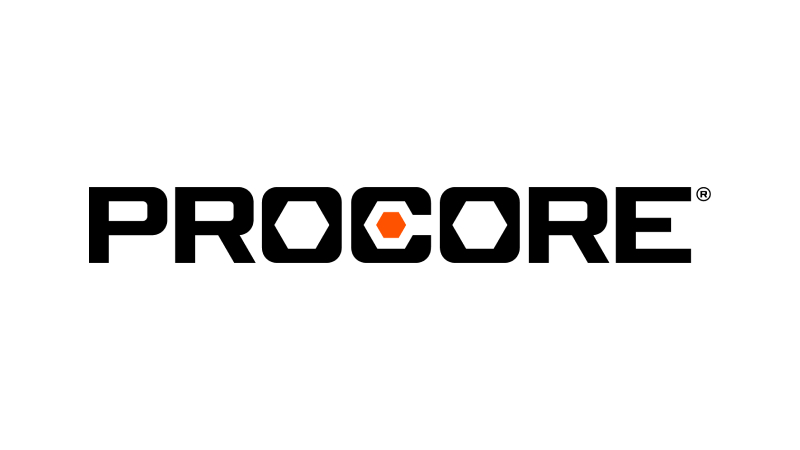
![Guide to the Canadian Electrical Code, Part 1[i], 26th Edition– A Road Map: Section 12](https://electricalindustry.ca/wp-content/uploads/2022/11/Guide-CE-Code-2.png)
